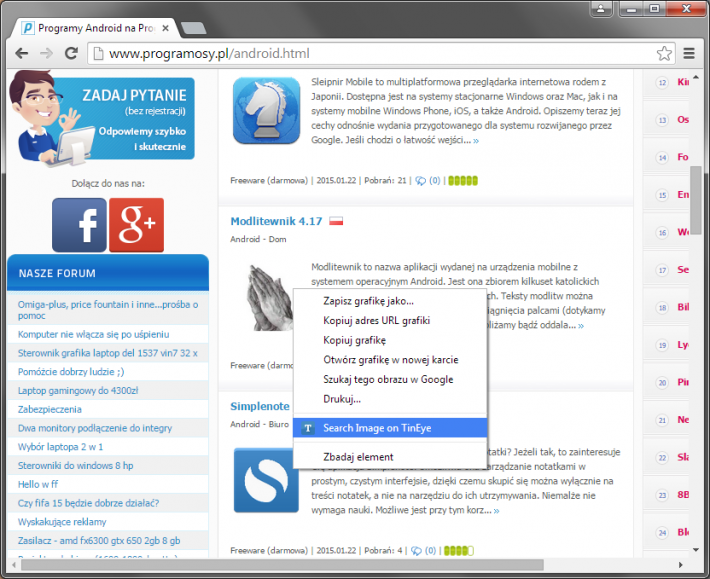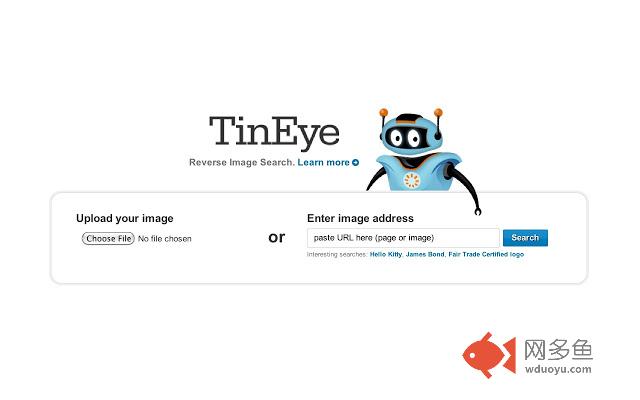


debunk fake images, fake user profiles, propagating across the web and social networks. Trace the spread and distribution of an image on the Internet.Uncover the source of an original image and its related information.Replace keyword searches with image and get information about unidentified objects or products.With Maltego Transforms for TinEye, users can query into the TinEye API ideally suited for image and profile verification, User Generated Content (UGC) moderation, copyright compliance, and fraud detection.

TinEye works best with images that are at least 300 pixels in either dimension but can work with images as low as 100 pixels as well. Images should be in the JPEG, PNG, GIF, BMP, or TIFF format with a maximum file size of 1 megabyte. Searching with TinEye is private, secure, and always improving. TinEye adds millions of new images from the web every day-but your images belong to you. When you search with TinEye, your image is never saved or indexed. Users can upload an image or search by URL, or simply drag and drop their images to start a search. Today, the TinEye index is over 44.9 billion images. It constantly crawls the web and adds images to its index. It uses image identification technology instead of keywords, watermarks, or metadata. TinEye allows you to bring reverse image search to your investigations. It is essentially a technique to query sample images against the Content-Based Image Retrieval (CBIR) system, thereby eliminating the need for users to guess keywords that may or may not return the right result. Reverse image search is a popular digital investigative technique. Reverse Image Search with TinEye Transforms


 0 kommentar(er)
0 kommentar(er)
